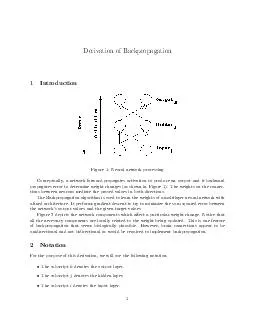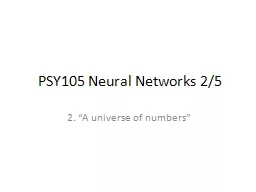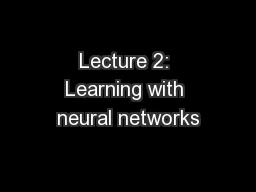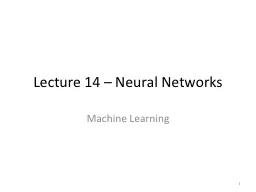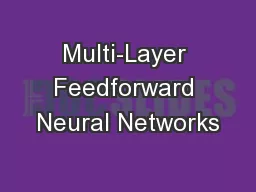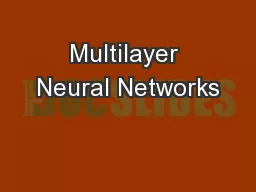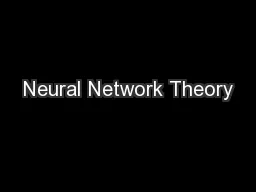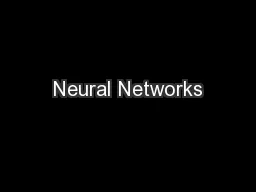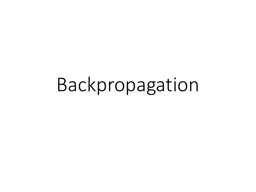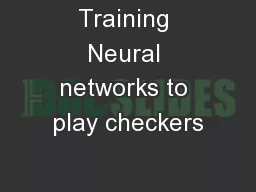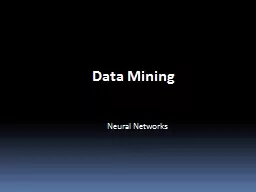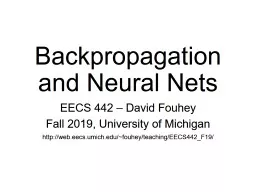PDF-Derivation of Backpropagation Introduction Figure Neural network processing Conceptually
Author : karlyn-bohler | Published Date : 2014-12-12
The weights on the connec tions between neurons mediate the passed values in both dire ctions The Backpropagation algorithm is used to learn the weights o f a multilayer
Presentation Embed Code
Download Presentation
Download Presentation The PPT/PDF document "Derivation of Backpropagation Introduct..." is the property of its rightful owner. Permission is granted to download and print the materials on this website for personal, non-commercial use only, and to display it on your personal computer provided you do not modify the materials and that you retain all copyright notices contained in the materials. By downloading content from our website, you accept the terms of this agreement.
Derivation of Backpropagation Introduction Figure Neural network processing Conceptually: Transcript
Download Rules Of Document
"Derivation of Backpropagation Introduction Figure Neural network processing Conceptually"The content belongs to its owner. You may download and print it for personal use, without modification, and keep all copyright notices. By downloading, you agree to these terms.
Related Documents

